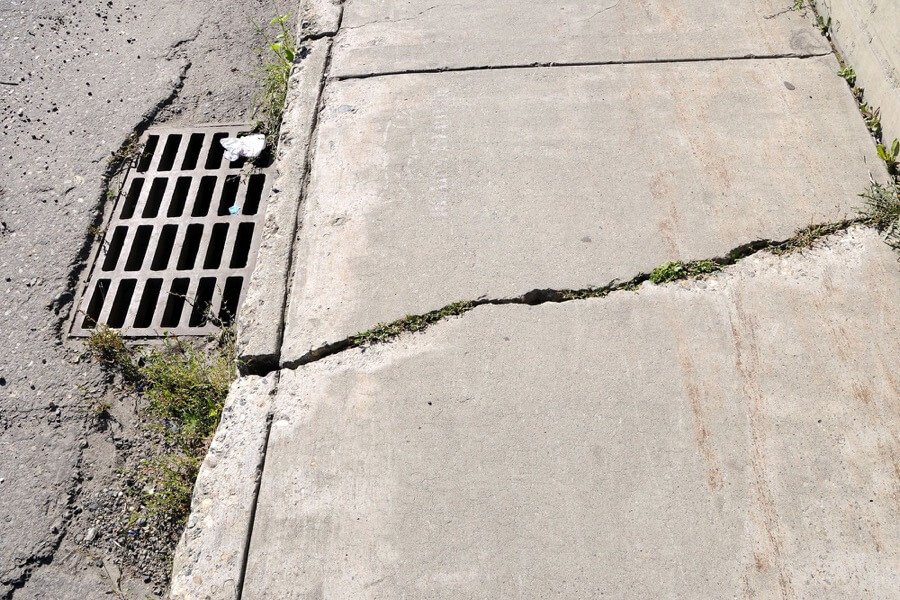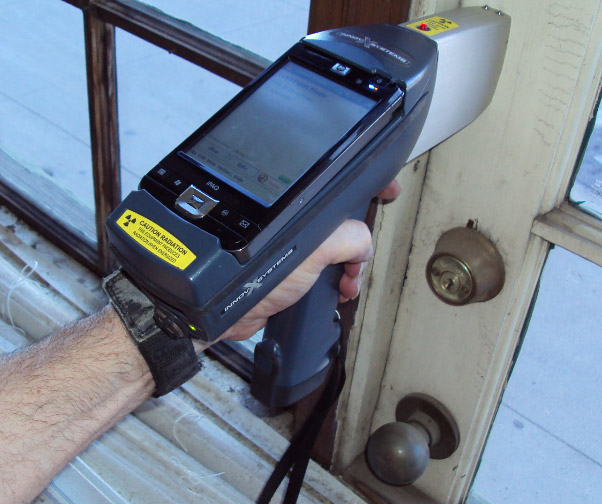Lead Removal Contractors-- Seasoned Specialists for Lead Abatement
Lead Removal Contractors-- Seasoned Specialists for Lead Abatement
Blog Article
Necessary Tools and Methods for Efficient Lead Infraction Cleaning
Attending to lead offenses effectively demands a detailed approach that blends the right devices with tactical methods. The initial step includes outfitting workers with Individual Safety Devices (PPE) to guard their health and wellness. Simultaneously, making use of specialized cleanup devices, such as HEPA vacuums and lead-specific cleansing agents, is essential for comprehensive contaminant elimination. Efficient containment approaches, consisting of plastic bed linen and unfavorable air stress systems, are necessary to protect against the spread of dangerous materials. Furthermore, risk-free disposal techniques and rigorous adherence to governing standards guarantee responsible handling of hazardous waste. What are the nuanced strategies that genuinely make a distinction?
Individual Safety Equipment
Personal safety equipment (PPE) is a vital element in the effective administration of lead contamination cleaning. PPE serves as a crucial barrier, safeguarding employees from the harmful results of lead direct exposure, which can result in extreme wellness repercussions. The vital PPE for lead cleaning consists of respirators, safety garments, gloves, and eye protection. Each sort of devices is specifically made to reduce various dangers connected with lead fragments and dirt.
Respirators, specifically those equipped with HEPA filters, are essential for filtering system airborne lead particles, avoiding inhalation. Protective clothing, consisting of coveralls and disposable matches, protects against lead dirt from sticking to workers' garments, decreasing the danger of secondary contamination.
Furthermore, extensive training on the appropriate use and maintenance of PPE is vital. Employees need to be educated on donning and doffing procedures to avoid contamination. Regular inspections and replacements of PPE elements are needed to preserve their safety capacities, guaranteeing a safe and compliant clean-up operation.
Specialized Clean-up Tools

Another important tool is the wet/dry vacuum, which can efficiently clean up both dirt and fluid impurities. These vacuum cleaners commonly feature HEPA filters to give an additional layer of security. Wet wipes or tack fabrics are also essential for surface cleansing; they are especially made to catch and hold lead fragments, lowering the danger of spreading contamination.
For more persistent deposits, specialized lead-removal cleaner are called for. These representatives are developed to damage down lead fragments, making them less complicated to remove. Scrub brushes with tough bristles can help in this process, especially on rough surface areas where lead dirt has a tendency to adhere a lot more highly.
Furthermore, encapsulants are made use of to secure lead-contaminated surface areas, stopping the launch of lead dirt. These specialized paints and finishings are designed to follow different substrates, providing a lasting option for lead containment.
Efficient Control Techniques
Reliable containment discover here techniques are important in mitigating the spread of lead contamination throughout cleaning tasks. Applying durable control strategies makes certain that lead particles do not move to untouched locations, therefore safeguarding both employees and the atmosphere (DOH & HPD Lead Violation Removal NYC).

To boost control, encapsulants can be put on surfaces that are not being eliminated or disturbed. These specialized coverings bind lead dirt, lowering its schedule for resuspension. Additionally, all workers must use appropriate Individual Safety Tools (PPE), including respirators and non reusable suits, to stop contamination spread.
Safe Disposal Practices
Ensuring secure disposal techniques is a critical part in the monitoring of lead contamination cleaning. Correct disposal reduces the risk of lead re-entering the atmosphere and threatening public health. The initial step is to identify and set apart lead-contaminated waste from various other products. Protected containment using sturdy, watertight containers is important to stop spillage during transportation.
Transferring lead waste calls for adherence to strict guidelines. Making use of licensed contaminated materials providers ensures that the products are dealt with properly. Paperwork, including materializes outlining the kind and quantity of waste, ought to go along with shipments to track the waste from the website of beginning to its final disposal destination.
Designated contaminated materials disposal facilities are outfitted to handle lead-contaminated materials securely. These centers frequently employ innovative approaches such as stabilization, solidification, or chemical treatment to counteract the lead prior to disposal. Landfilling in specialized, lined locations that avoid leachate from contaminating groundwater is a common practice for final disposal.
Regular training for personnel associated with lead garbage disposal is vital to preserve safety standards and protect against unintended exposure. By adhering to these methods, companies can dramatically decrease the ecological and health impacts connected with lead contamination.
Regulatory Conformity Tips

Abiding by regulative compliance is vital in the effective execution of lead contamination cleanup. Understanding and adhering to government, state, and local guidelines guarantees not only the safety and health and wellness of individuals but likewise the legal and monetary well-being of the clean-up organization. The Epa (EPA) establishes strict criteria, such as the Lead Improvement, Fixing, and Paint (RRP) Rule, which mandates correct certification and training for contractors handling lead-based tasks.
Compliance starts with a detailed assessment of suitable legislations and policies. Organizations must remain updated on any kind of legislative modifications, which can be helped with through regular training sessions and signing up for sector updates. Paperwork is another crucial conformity facet; maintaining in-depth documents of all activities, page including assessment records, employee training logs, and disposal materializes, is necessary.
Moreover, involving with certified lead assessors or risk assessors makes certain that lead threats are appropriately recognized and reduced. Companies have to enforce using Individual Safety Tools (PPE) and guarantee that safety and security protocols are purely adhered to. Clear interaction with stakeholders, including staff members, clients, and regulatory bodies, will certainly promote a culture of compliance and accountability, ultimately adding to a much safer and much helpful site more effective lead cleanup procedure.
Conclusion
Efficient lead offense cleanup requires the combination of specialized tools and critical approaches to make sure safety and efficacy. Personal protective devices (PPE) safeguards workers from exposure, while safe disposal techniques and stringent adherence to regulatory conformity are necessary for sensibly handling hazardous waste.
Report this page